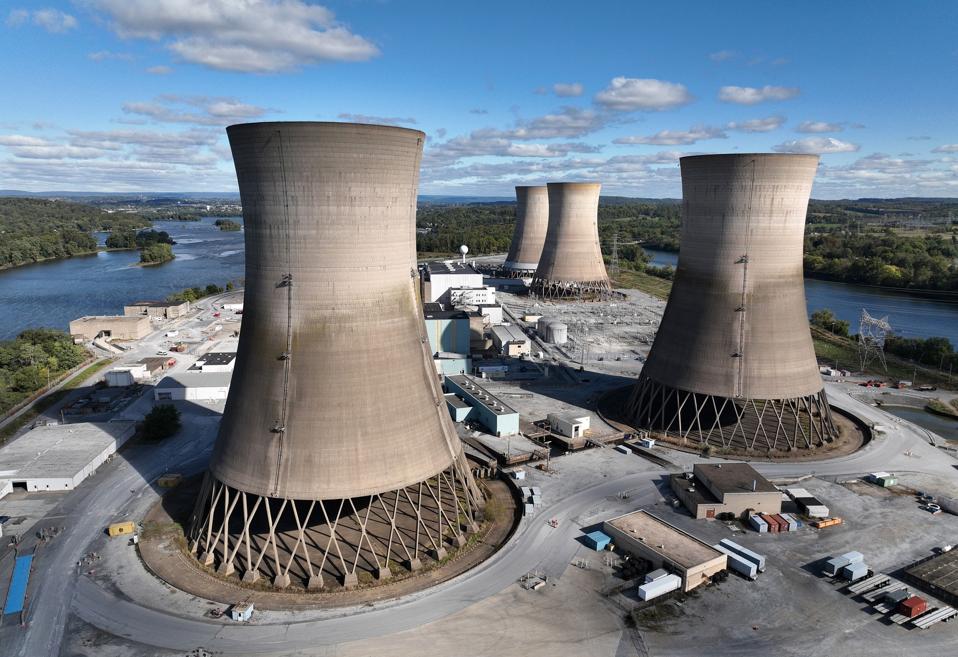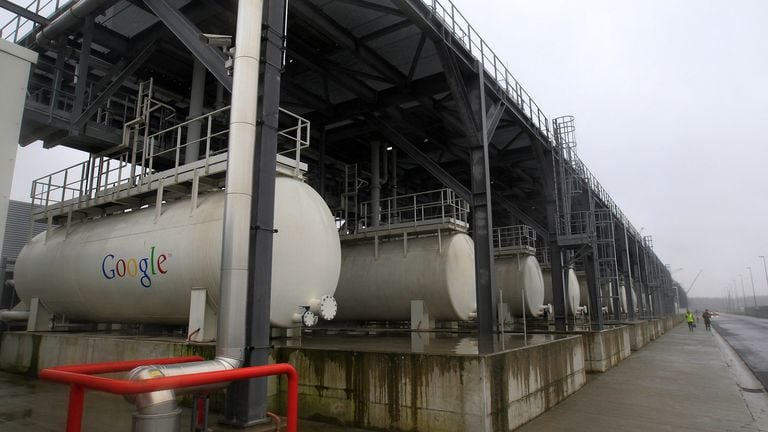As Europe races to meet climate goals and shut down its 153 coal and lignite plants by 2038, a surprising new chapter is unfolding: Big Tech companies like Microsoft and Amazon are snapping up these ageing industrial sites to transform them into AI-driven data centres. With existing grid connections and water-cooling systems already in place, these old power stations offer a fast-track solution to one of the tech world’s biggest headaches—energy access. Utilities like Engie, RWE, and Enel see a lucrative opportunity too, trading retired smoke stacks for long-term energy contracts and stable revenue as demand for clean power from data centres explodes.
From Germany to Australia, companies are scouting dozens of defunct coal and gas sites to build “energy parks” that pair data infrastructure with renewables. Tech firms are reportedly paying green power premiums of up to €20/MWh, turning these deals into billion-euro contracts. For utilities, it’s a bold pivot from fossil fuels to future-facing digital infrastructure—and for tech giants, it’s all about “speed to power” in a fast-moving AI arms race. The coal plant of yesterday might just be the AI superhub of tomorrow.

The economics of data centre deals can be compelling for the utilities, which can negotiate a long-term power supply contract to underwrite future renewable developments.
Tech firms are paying premiums of up to 20 euros per megawatt-hour for low-carbon power, said Gregory LeBourg, environmental program director at French data centre operator OVH.
Data centre power demands can be anywhere from a couple hundred megawatts to a gigawatt or more. So the annual ‘green premium’ – the extra price paid for low-carbon electricity – on top of a base market price could potentially translate into a long-term contract worth hundreds of millions or even billions of euros, based on Reuters’ calculations.



